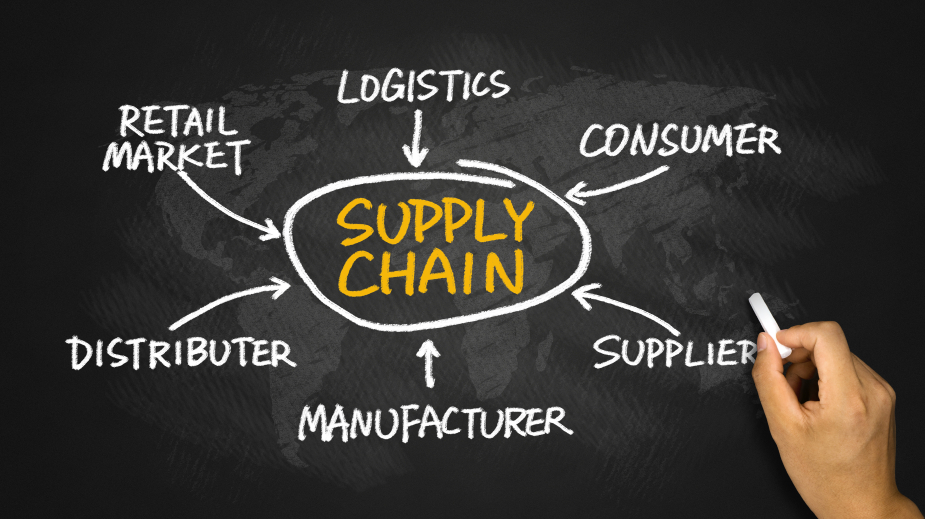A recent article in Fleetowner shed some light on the human aspects of supply chain management. Featuring research by Arash Azadegan (Ph.D, Professor of Supply Chain Procurement at Rutgers University), the article discusses some key traits held by the best supply chain managers. But the article alludes to something more: the collaborative human efforts in the supply chain, especially in difficult times.
Relationships are often really tested in times of crisis. We see this in many aspects of our lives, but the same applies in your supply chain.
When the storm clouds move in, you need to get your product moved out, and you’ll need help. Azadegan talks about how the “dominoes of the supply chain are now very close together – and the closer they are, the faster they fall.” Imagine a situation where you have 24 hours to analyze, plan, and execute supply chain changes on a massive scale. Would your planning tool be up to the challenge? Would your team be able to deliver? Would all the dominoes fall?
In the Fleetowner article, author Sean Kilcarr discusses a textbook example of a massive supply chain crisis: Hurricane Sandy, which devastated large parts of the United States back in October 2012. As Anne Strauss-Weider (from A. Strauss-Weider Inc., a management consulting firm) explains in the article, things had to move quickly as Sandy literally loomed on the horizon. The Port of New York and New Jersey was hit hard, and they “had about 24 hours’ notice before Sandy hit,” she said. In a crisis like this, Azadegan says “jobs, inventory, and profits are at stake, and beyond that, suppliers, customers, communities, and families of employees etc. are at risk as well.” There is no time to panic, “there is only a short time that [a manager] can be visionary and academic. [These situations] are unforgiving.” Leadership skills were put to the test during Sandy. Decisions had to be made quickly, and change orders had to be followed. However, what is striking about the situation is the high degree of collaboration. According to Ms. Strauss-Weider: “Everyone cooperated, sharing fuel and vessel space. The storm also occurred during union negotiations, but everyone worked – everyone knew the port needed to get back on line.” A few examples of how all these people helped each other:
- The small port in Norfolk, Virginia, took on 57 vessels and 10,000 containers that were diverted from New York (and Norfolk was not used to that kind of volume).
- A Norfolk-based railway company (CSX) then created a new rail route to New York to help get shipments back there until the port was repaired.
- International Motor Freight (a drayage carrier) lost 130 brand new trucks, and couldn’t ship anything out. But as Strauss-Weider explains, “[But] they got new ones in there as dealerships from around the region responded.
Leadership at the Port and throughout the supply chain was tested during Hurricane Sandy. But the relationships between all these companies and organizations were tested as well. The lesson from Hurricane Sandy is clear: leaders need to be decisive and to collaborate as much as possible. They also need information quickly, to allow fast decisions. The question for your supply chain is this: How would your organization respond in a crisis situation, with 24 hours’ notice? Would your tools be able to provide the information required for those fast decisions? Would you be able to quickly and easily collaborate with the other key decision makers in your supply chain? If you answered no to any of those questions, perhaps it’s time to take a closer look at your supply chain crisis contingency plans.





Discussions
Much harder to do when only one party, department...etc is to benefit.
A poster that I have seen often, in a warehouse, perhaps reflects this attitude:
"A lack of scheduling on your part does not constitute an emergency on my part...."
Leave a Reply